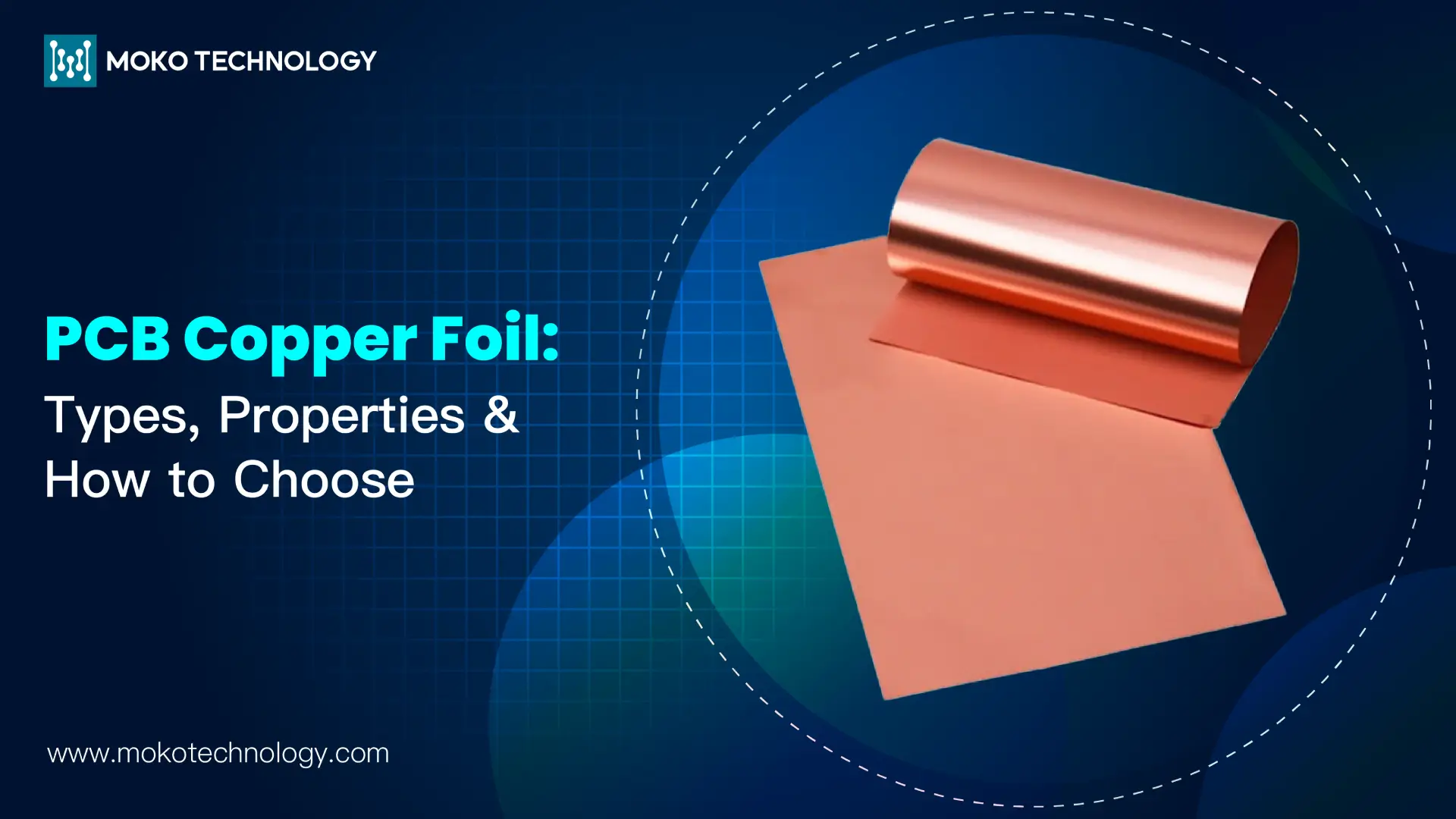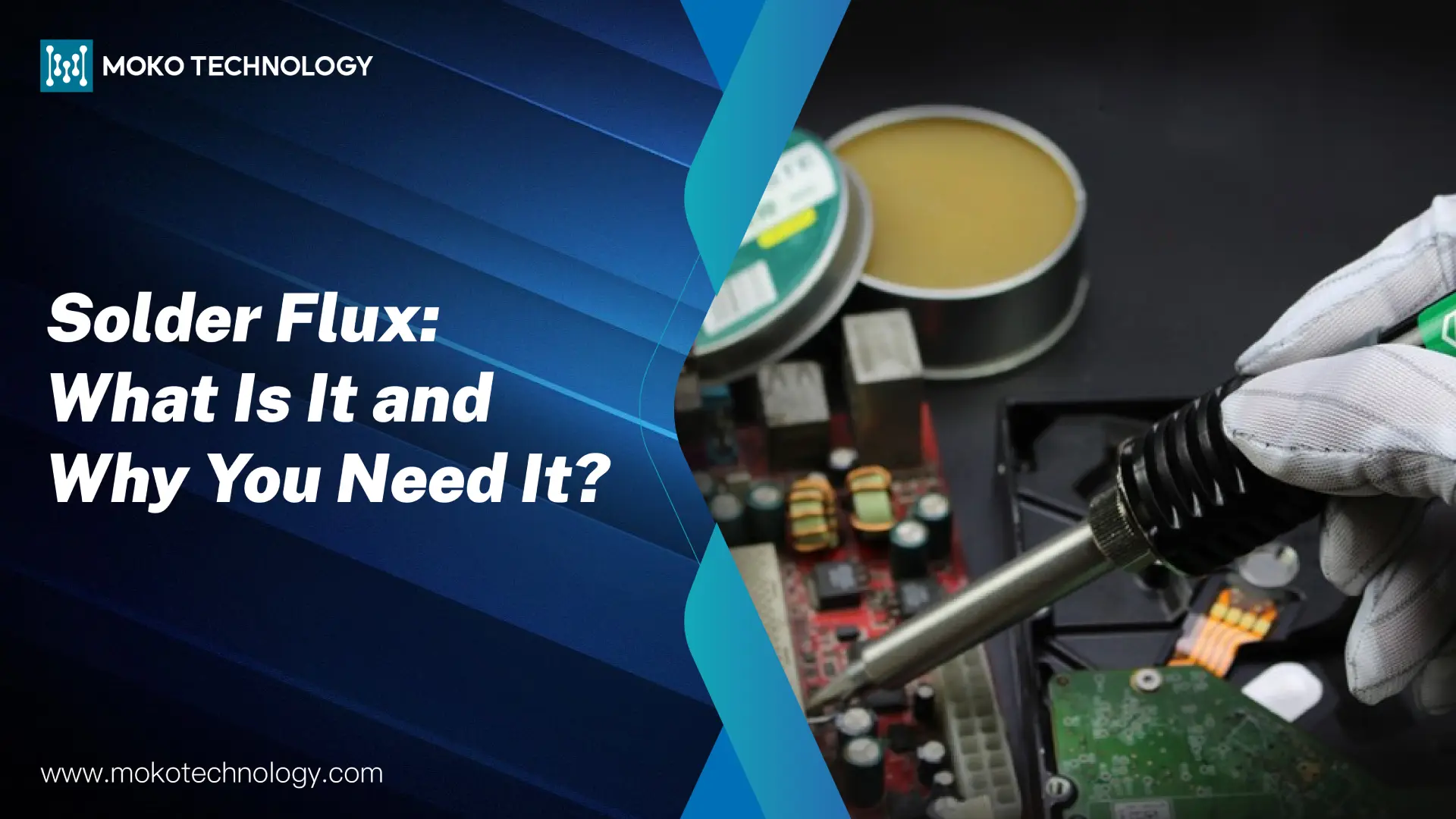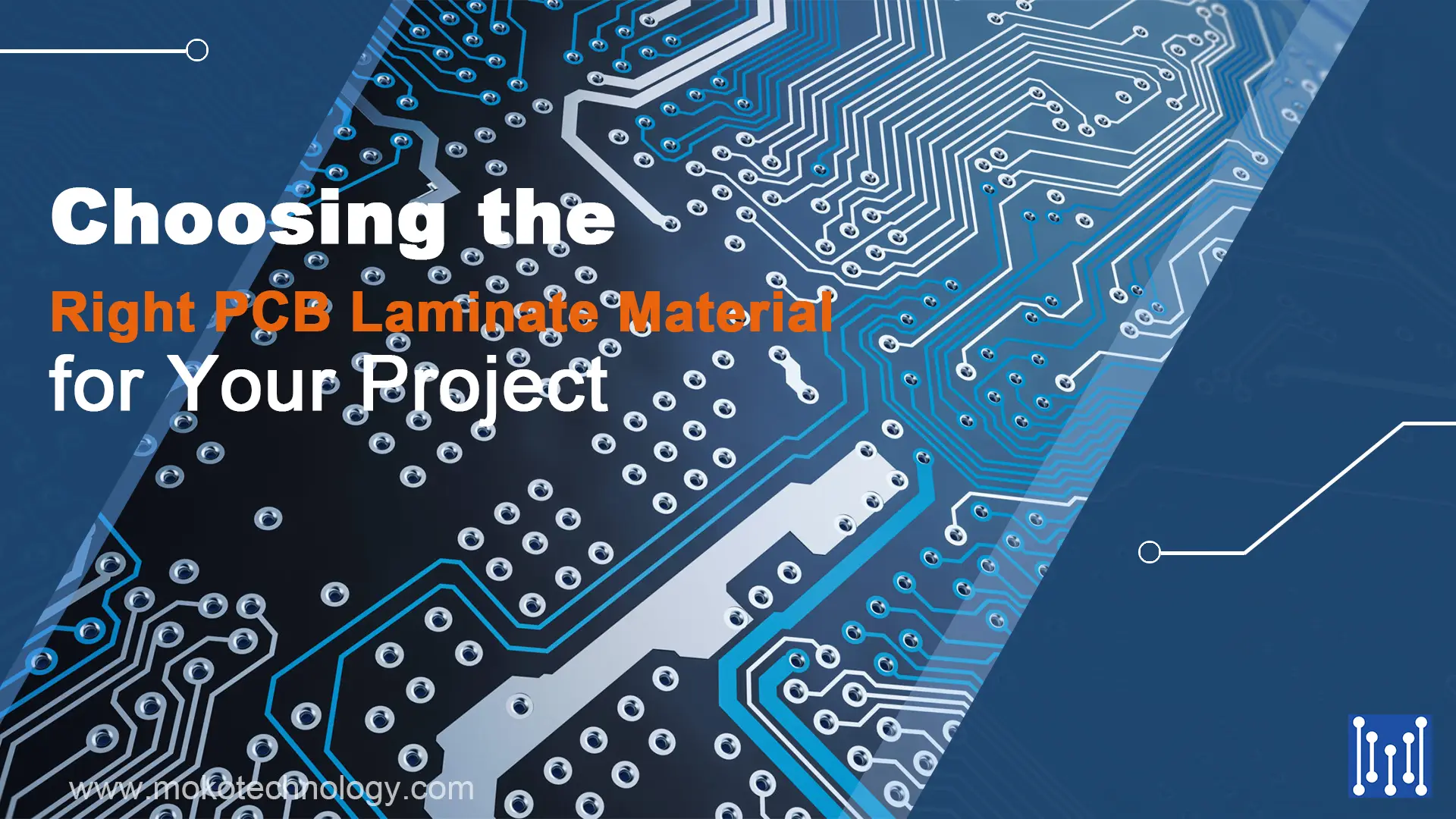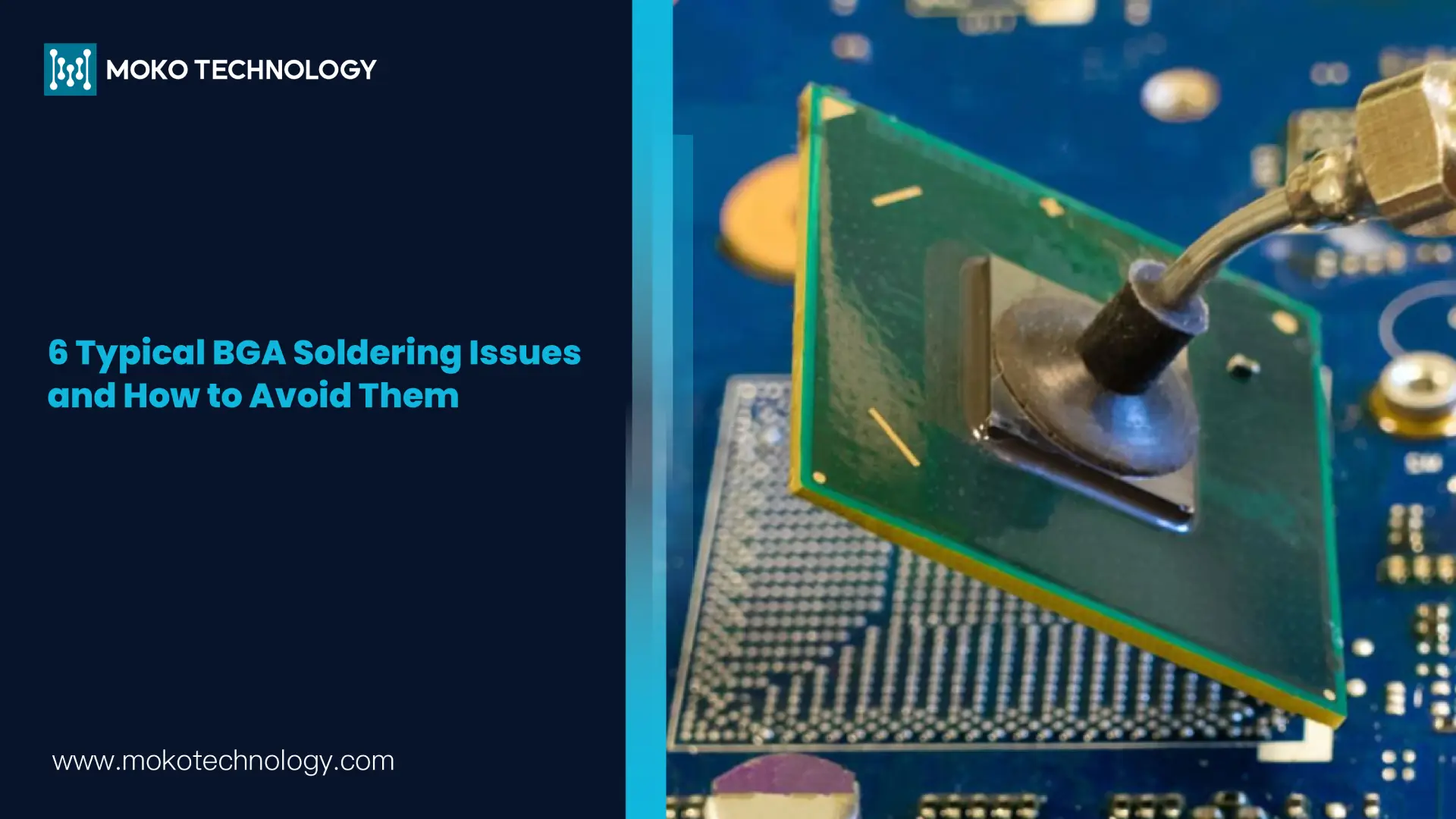PCB copper foil is one of the most critical materials in the placa de circuito impresso (PCB) manufacturing process. It serves as the conductive layer that forms the circuitry, enabling the flow of electrical signals across the board. Whether designing high frequency RF, power electronics or more consumer devices, the choice of copper foil makes a significant difference in PCB performance, reliability and cost competitiveness. This guide will help you understand the copper foil in PCB comprehensively including its popular types, grossura, properties, and suggestions to choose the right one for your PCB projects.
What Is PCB Copper Foil?
PCB copper foil is a thin layer of copper that would be bonded to the substrate of PCB to form the conductive pathway. And to satisfy the unique needs of different applications, these copper foils are available for different thicknesses. The main function of copper foil is twofold: Primeiro, it provides electrical conductivity that ensures efficient signal transmission with minimal loss. além do que, além do mais, it functions as a mechanical support for PCB with high durability and stability, making PCB operate normally even under harsh environmental conditions.
Types of PCB Copper Foil
There are two types of copper foil generally used for PCB manufacturing — Electrodeposited (ED) and Rolled Annealed (RA):
Electrodeposited (ED) Folha de cobre
Electrodeposited copper foil is produced by electroplating copper onto a rotating drum. The foil is then peeled off and treated to improve its bond with the substrate. ED copper offers a matte finish on the bonding side and a smooth side on the opposite side. This type of foil is famous for its high purity and conductivity, which make it ideal for standard PCB manufacturing in electronic appliances. Its thin formability is also an advantage; it can be produced in the extremely thin format of 6µm, Portanto, it is usually used on fine-line circuitry and high-density interconnect boards where precise trace definition is crucial.
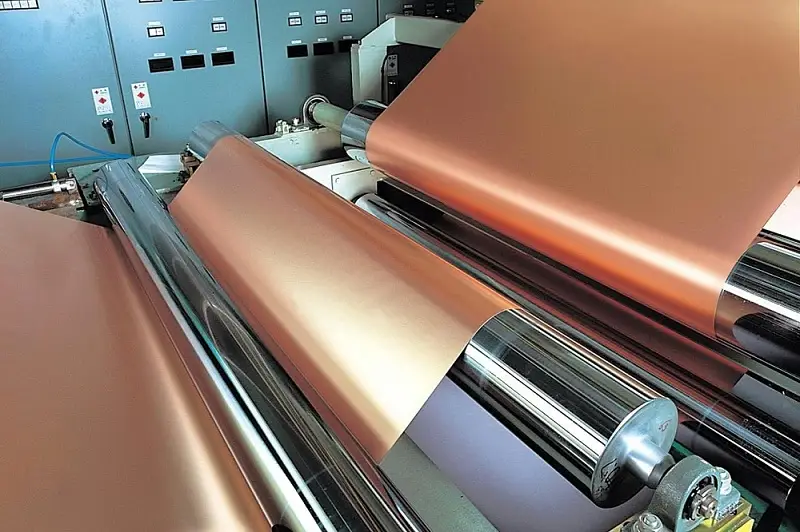
Rolled Annealed (RA) Folha de cobre
Rolled Annealed (RA) Copper is created by rolling and annealing a copper ingot into thin sheets. Through this manufacturing method, the surface on both sides of the foil are uniformly smooth and shiny. RA copper foil is commonly used for flexible PCB manufacturing, thanks to its superior flexibility and ductility. Além disso, it has very low surface roughness that is beneficial to reduce signal loss, making it a go-to choice for high-frequency applications. Além disso, compared to ED copper foil, RA copper foil has greater thermal resistance.
RA Copper vs. Cobre ED: Key Differences Listed
The following table compares the key characteristics of Rolled Annealed (RA) and Electrodeposited (ED) copper foils:
| Característica | RA copper | ED copper |
| Aparência | Yellowish | Vermelho |
| Surface roughness | Both sides of the copper are smooth | One side is rough and the other side is smooth |
| Bending endurance | Alto | Baixo |
| Gravura | Special treatment required | Easy to etch with standard methods |
| Inscrição | High-frequency and flexible circuit applications | Standard PCB manufacturing, eletrônicos de consumo |
| Preço | Generally more expensive | Moderately priced |
PCB Copper Foil Thickness and Its Role in PCB Design
The thickness of PCB copper foil is a fundamental parameter for PCB design as it determines both electrical performance and signal integrity levels on circuit boards. The standard unit for measuring copper foil thickness is ounces(oz). Common copper foil thicknesses used in PCB fabrication include:
0.5 oz (18 µm): Ideal for fine-pitch designs and HDI boards.
1 oz (35 µm): Standard for most general-purpose PCBs.
2 oz (70 µm): Used for power electronics to handle higher current loads.
The selection of copper foil thickness requires evaluation of trace spacing and heat dissipation needs together with circuit current capacity. Copper foils that are not sufficiently thick can cause impedance mismatch and voltage drop problems. Excessive thickness in copper foil materials results in complicated and expensive production when etching traces and vias.
Other Properties of PCB Copper Foil
Propriedades quimicas: The copper foil demonstrates good resistance against corrosion and oxidation therefore extending its operational life. The material also forms strong molecular bonds to the substrate material to form durable multilayer structures.
Physical Properties: Copper foil in PCB is very malleable and ductile, therefore it can be easily shaped. It also has high melting point, making it ideal for applications that need to withstand high temperatures.
Propriedades elétricas: The copper foil has low resistance, excellent thermal conductivity, and low constante dielétrica e tangente de perda . Portanto, it can dissipate heat and transmit current efficiently and meanwhile reducing signal loss.

How to Choose the Right Copper Foil for PCB?
Choosing the right copper foil requires considering several factors, Incluindo:
Espessura: The copper foil’s thickness significantly affects its conductivity and the ability to carry the current. Foil that is thicker offers better conductivity, can handle more current, but harder to process and can add more weight to the PCB.
Largura: PCB copper foil width is determined by the Tamanho do PCB, the width of the traces to be formed. Make sure that the chosen width will conduct the necessary current without over etching.
Densidade: The density of copper foil is also an important factor to consider as it would affect the mechanical strength and flexibility of the PCB. Denser copper foil is stronger, but it also brings increased manufacturing difficulty.
Purity: The purity level of copper foil can affect the electrical conductivity and corrosion resistance. The higher its purity, the better its conductivity and resistance to corrosion.
Copper foil Roughness: The surface roughness of copper foil determines its bond quality to substrates together with its resistance against mechanical pressure and temperature changes.
Conclusão
Knowing various PCB copper foil properties and types assists engineers and designers to make well-informed decisions for their circuit board projects. The choice of the right type of copper foil will directly impact the success of circuit board manufacturing and product lifespan. Different copper foil characteristics are required in every application from high speed digital circuits to power electronics and flexible boards. If you’re unsure which option is best for your design, consult with your material supplier or just contact us directly for expert guidance.
